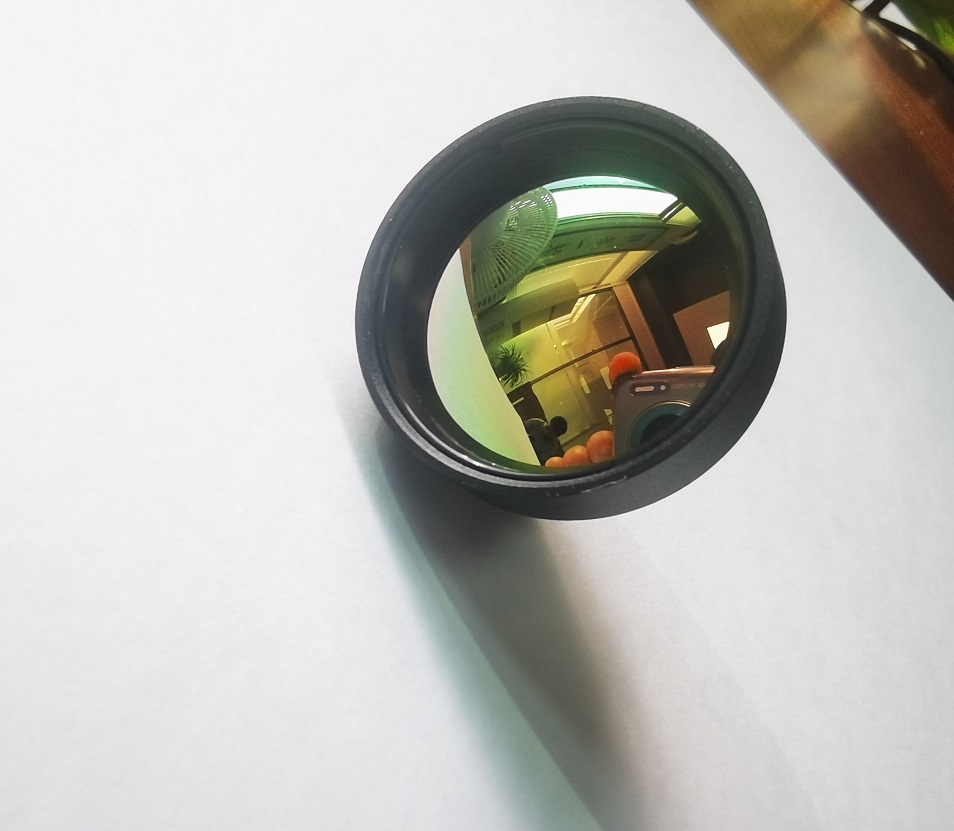Industrial News
Optimizing Troubleshooting Efficiency with Thermal Imaging Lens

Effective troubleshooting of electrical equipment requires the right tools and techniques, and one such essential tool is a thermal imaging lens. By using thermal imaging technology, professionals can detect and identify potential issues in electrical systems with precision. This article aims to provide comprehensive guidance on correctly using thermal imaging lens for electrical equipment troubleshooting.
1. Understanding the Basics of Thermal Imaging Lens
Thermal imaging lens is a device that captures and visualizes thermal energy emitted by different objects. It operates by converting the thermal energy into visible light, enabling users to identify hotspots and temperature variations. To maximize the benefits of thermal imaging lens, it is crucial to understand its key components and functions.
2. Preparing for Thermal Imaging Inspection
Prior to conducting an inspection using a thermal imaging lens, certain preparations are necessary. These include ensuring the equipment under examination is powered on and operating at typical load conditions. It is also essential to clean the lens and calibrate it if required. Additionally, taking safety precautions, such as wearing appropriate personal protective equipment, should never be overlooked.
3. Correct Techniques for Using Thermal Imaging Lens
When using a thermal imaging lens for electrical equipment troubleshooting, several techniques can enhance its effectiveness:
a. Scanning Method: Start by scanning the equipment systematically, covering each component and junction point. Move the lens slowly, allowing ample time for thermal patterns to appear on the screen.
b. Focus Adjustment: Ensure proper focus adjustment for accurate temperature readings. Adjust the lens focus until details are clear and well-defined.
c. Temperature Analysis: Analyze the temperature variations detected by considering the electrical equipment's specifications and normal operating conditions. Focus on areas with abnormal temperature readings.
d. Interpretation of Results: Thermal imaging lens captures images in different colors to represent temperature variations. Study the color scale provided and interpret the results accordingly. Consult equipment manuals or experts if needed.
By following these correct techniques, the thermal imaging lens can aid in detecting potential issues such as loose connections, overloaded circuits, or excessive heat generation in electrical equipment. Prompt identification of such problems can prevent catastrophic failures, reduce downtime, and enhance overall system reliability.
Conclusion
Correctly using a thermal imaging lens is an invaluable asset for professionals involved in electrical equipment troubleshooting. By understanding the basics of thermal imaging, preparing adequately for inspections, and implementing appropriate techniques while examining equipment, users can optimize their troubleshooting efficiency. Incorporating thermal imaging technology into the troubleshooting process ensures early identification of faults and enables timely corrective actions, ultimately leading to enhanced system performance and safety.
 English
English  German
German Japanese
Japanese Korean
Korean Vietnamese
Vietnamese French
French Spanish
Spanish भारत
भारत



